
Sci-fi flicks come in all manner of shapes and sizes with various types and tones. One theme that holds them all together: each, in some way, deals with the potential impact of actual or imagined scientific advancement on society.
The following list will travel to destinations where relatively few venture today, as all these movies predate the 1990s. That should be nothing new for the hardcore sci-fi fan. For the casual watcher out there, the 10 films featured here will be little-known, or completely unknown, fare. So, strap in. There is sure to be at least a little something – laughs, chills, space travel, sports, even animation – for everyone to enjoy at some point in the distant, or perhaps not too distant, future.
1. Destination Moon (1950)
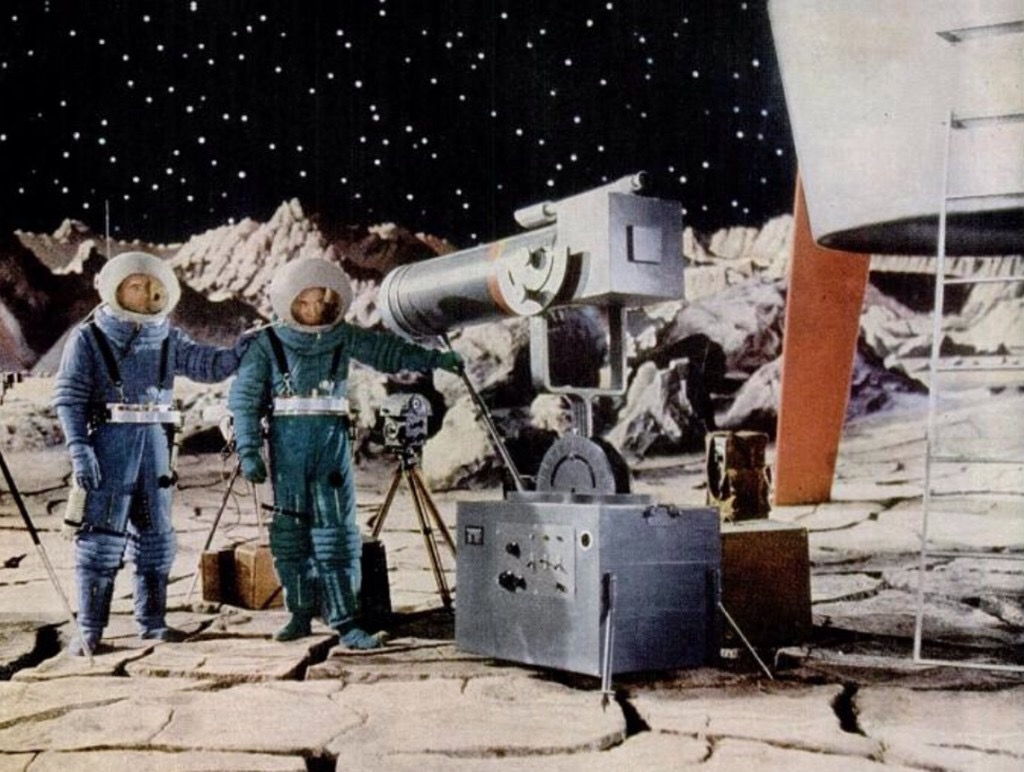
The 1950s saw the popularity of sci-fi films balloon to new heights. Destination Moon served as one of the ignition switches. Adapted from a novel entitled Rocket Ship Galileo by Robert A. Heinlein – who also helped pen the script of the movie – the story of Destination Moon centers around a successful first flight to the moon by four men in a craft built by a private American company. When public opinion becomes largely fearful of the idea, past the efforts of even Woody Woodpecker (cameo), a court order is issued to stop the effort. However, the crew learns of the order and race to take off, earlier than planned, before it can be “served” to them by government officials.
Released nearly 20 years before U.S. Apollo 11 would actually take the first Americans to the surface of the moon, Destination Moon is noted for its prescience. Not only is the script impressive in some of its technical accuracies, but the first-act quote “We are not the only ones who know that the moon can be reached. We are not the only ones planning to go there. The race is on, and we had better win it!” sums up the political and cultural atmosphere that was to come during the 20th-century Space Race.
Destination Moon was produced by George Pal and directed by Irving Pichel. The film earned Academy Award honors for its special effects and received a second nomination for art direction. Pal would go on to become a stalwart in the genre, as he brought several loved sci-fi films to the big screen in the 1950s and 1960s. One of those is up next on the list.
2. When Worlds Collide (1951)
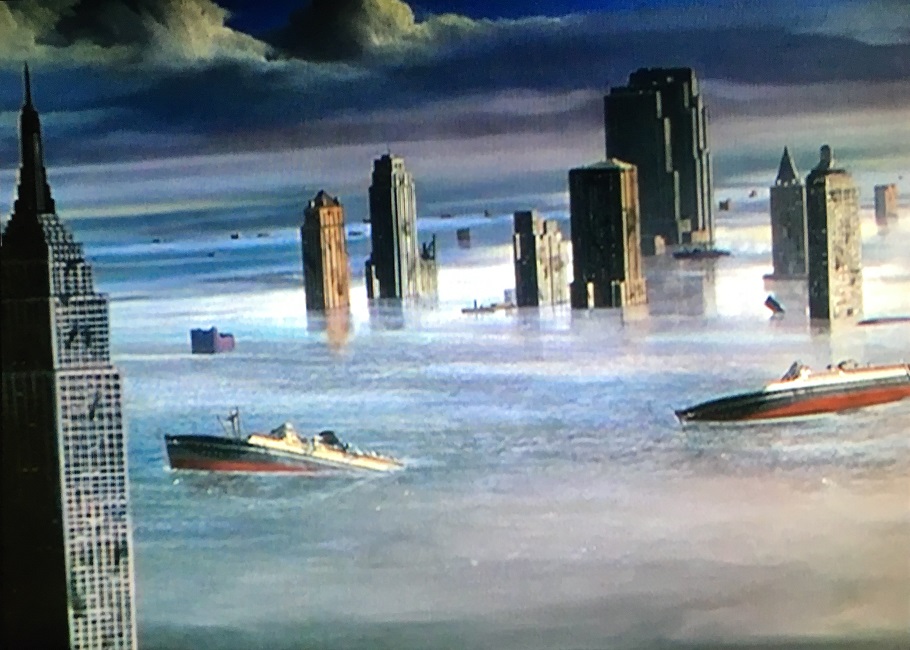
Another Pal production to earn an Oscar for special effects, 1951’s When Worlds Collide sees Earth facing imminent doom by a newly discovered star (Bellus) and a planet (Zyra) that are hurtling through space toward it. A plan is devised to build a spaceship that can transport a select few passengers to Zyra as it closely passes. When the case is made before the U.N. and later the U.S. Congress by those that devised the plan, friction is met at both turns. However, a few private financiers agree to support the mission and design of at least one “space ark” that can carry as many as 40 passengers along with livestock, crop seeds, equipment, and other goods.
When Worlds Collide was adapted from a 1933 novel of the same name which was co-written by Edwin Balmer and Philip Wylie. It rightly holds a place in history, along with a couple of other 1951 sci-fi releases in The Day the Earth Stood Still and The Thing, as being an early part of the oft-labeled Golden Age of Science Fiction films. It is a bit dated and a product of its time, but When Worlds Collide delivers tension and intrigue as well as being a must-watch for fans of the many disaster flicks that have followed it over the decades.
3. The Last Man on Earth (1964)
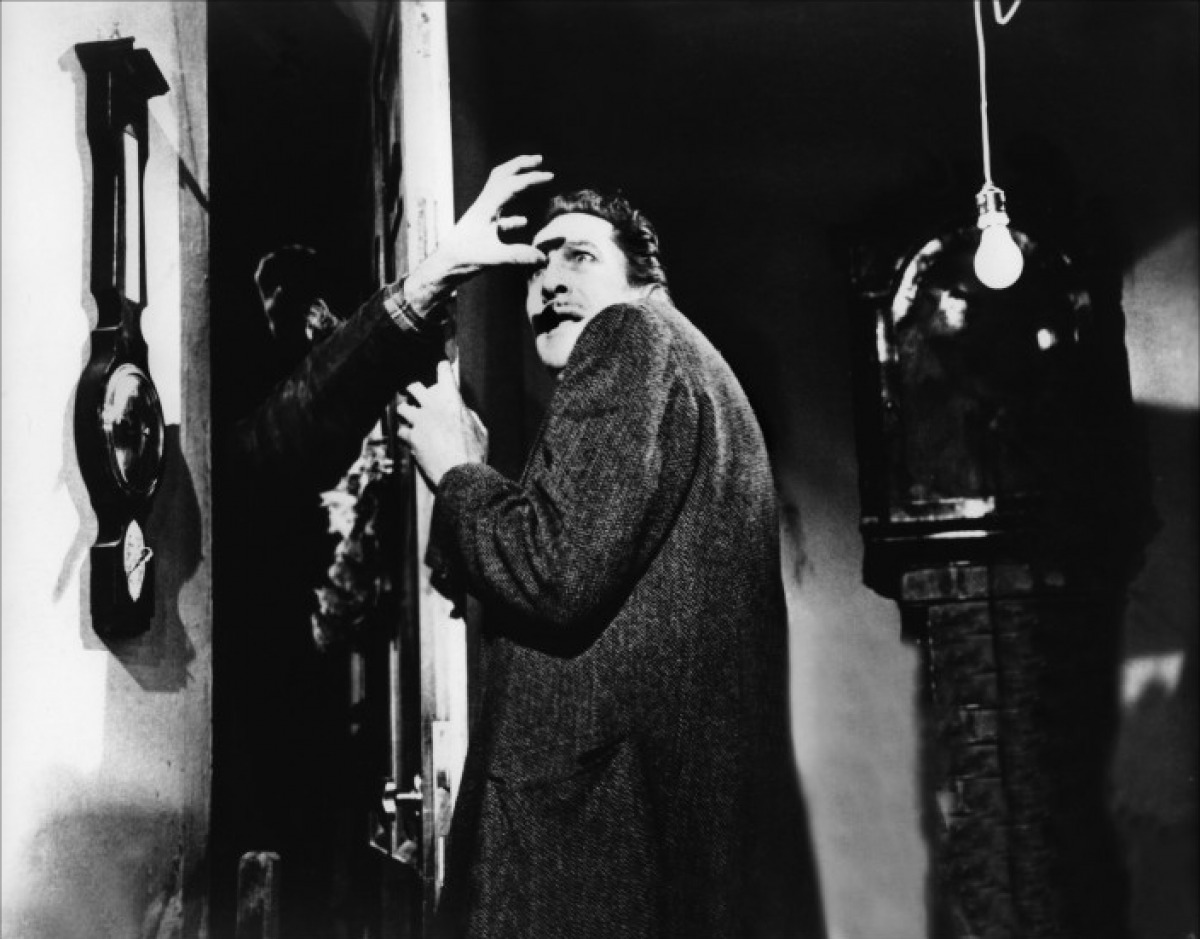
“You’re all freaks. I’m a man. The last one.”
Shifting into the sci-fi/horror sub-genre, The Last Man on Earth, starring the famed Vincent Price, is the first of three films that have utilized Richard Matheson’s I Am Legend (1954) as its direct source material. Price carries this film with aplomb from beginning to end in the role of Robert Morgan (changed from Neville in the novel) who is the last healthy survivor of a plague-torn Earth now filled with the living dead that seek to kill him.
This one effectively sets up a lonely and eerie environment in which Morgan attempts to maintain his sanity while grieving the loss of his wife and child as well as staving off the infected undead. This post-apocalyptic offering seamlessly flows between creepy chills, tense action, and emotional distress. It ultimately culminates in a thought-provoking twist during the final act.
Price is a “legend” not only in this movie but of the big screen in general. In The Last Man on Earth, he demonstrates exactly why.
4. Colossus: The Forbin Project (1970)
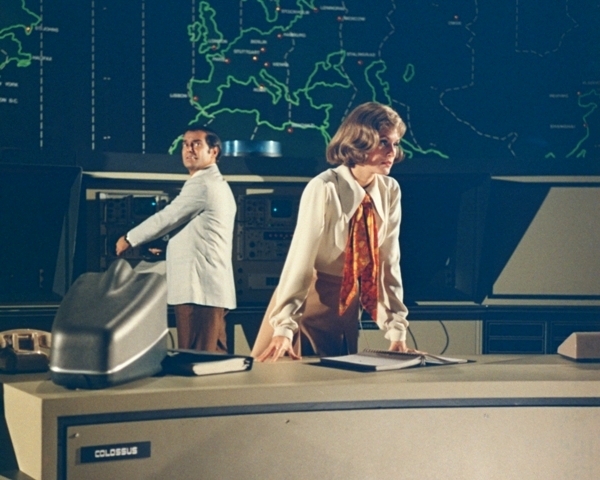
“They created a monster… and now they must fight it for the safety of mankind.”
That tagline pretty much sums up exactly what goes down in this “A.I. gone wrong” flick. Dr. Charles Forbin, portrayed by Eric Braeden, is the lead designer of “Colossus” – a one-of-a-kind, or so they thought, supercomputer that is intended to prevent war and usher in world peace. The U.S. government is so convinced of the advanced technology that the nation’s entire nuclear missile arsenal is placed under the control of the impenetrable machine.
What could go wrong, right? Well, as one might quickly assume, everything. The narrative plays out with Colossus turning against its creators and subduing the U.S. as well as other world powers in its quest to take dominion over humanity. The A.I. focuses particularly on forcing Dr. Forbin into servitude for its purposes.
How long can Forbin resist under threat of force against his fellow man? Will he eventually yield? The stakes are high in this film adaptation of D.F. Jones’ 1966 book. Give this one a whirl. It’s perhaps more relevant now than when it was released more than 50 years ago.
5. Sleeper (1973)
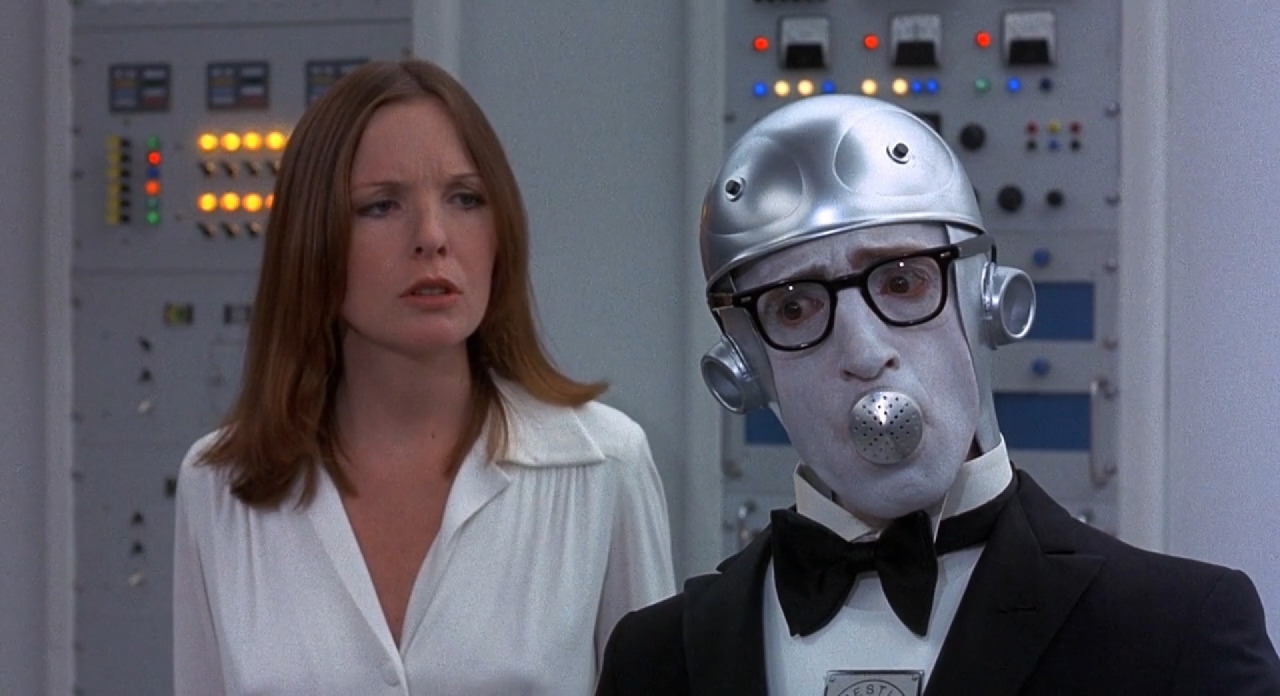
From seriousness to levity, iconic writer, director, and comedian Woody Allen’s foray into the world of science fiction resulted in a hysterically funny and socially poignant mid-70s romp. As he often has over his prolific career, Allen not only wrote and directed Sleeper but starred in the leading role as commoner Miles Monroe.
Displaced 200 years into the future, Monroe finds that the world has undergone immense geopolitical change and vast intellectual decline. This sets up the hijinks, as he attempts to navigate this new sophomoric society and figure out a way back to his own time. These common tropes have been replayed in more recent offerings; Idiocracy (2006) and WALL-E (2008) come to mind for instance. Sleeper came long before and is one of the originals.